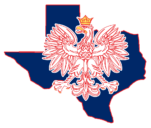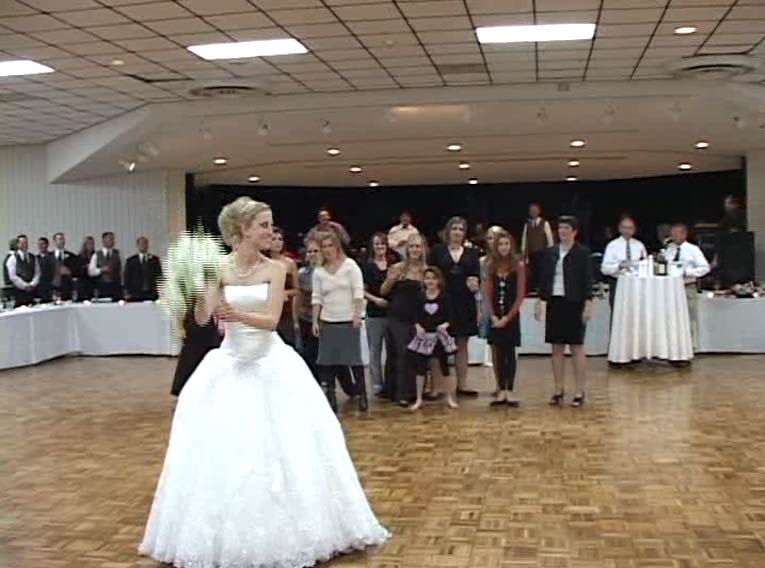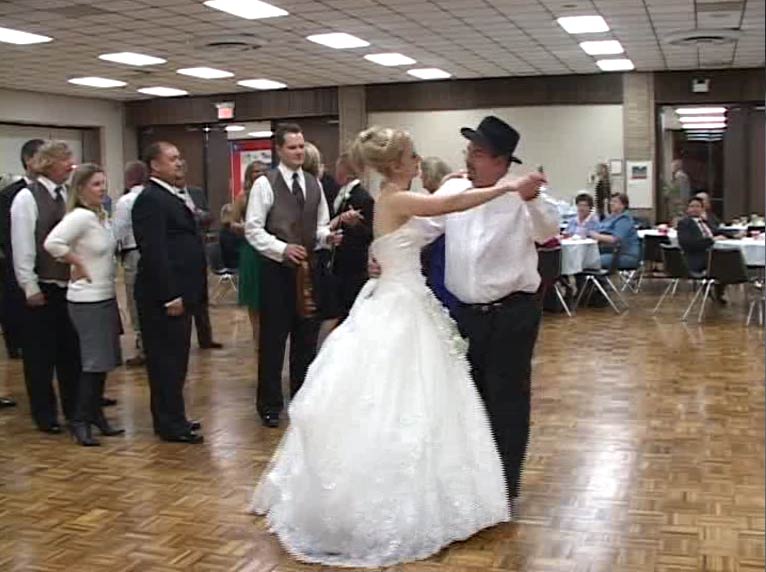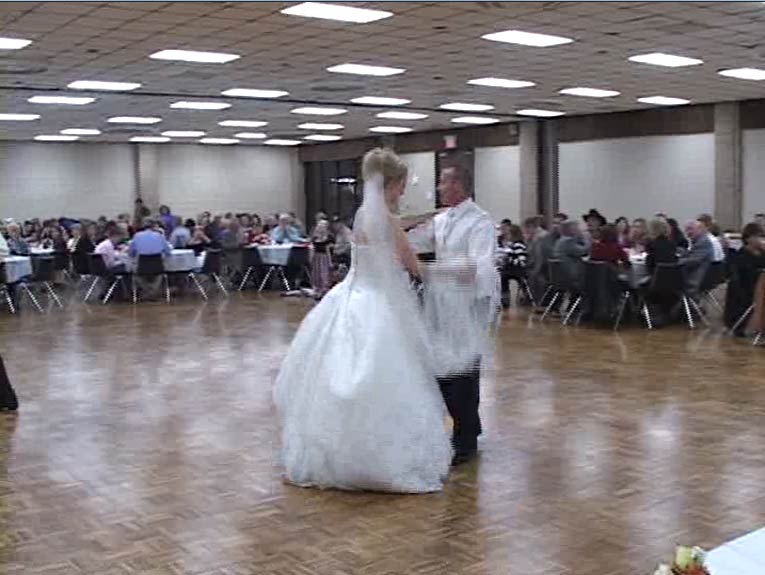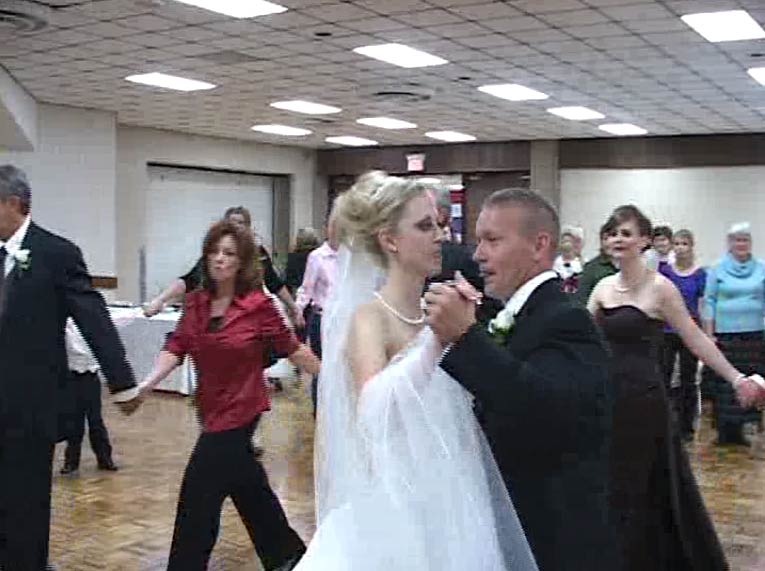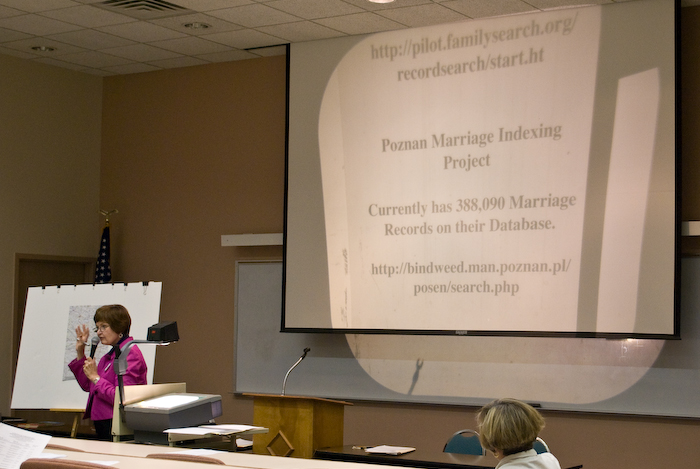Oczepiny Unveiling Of The Bride – Polish Wedding
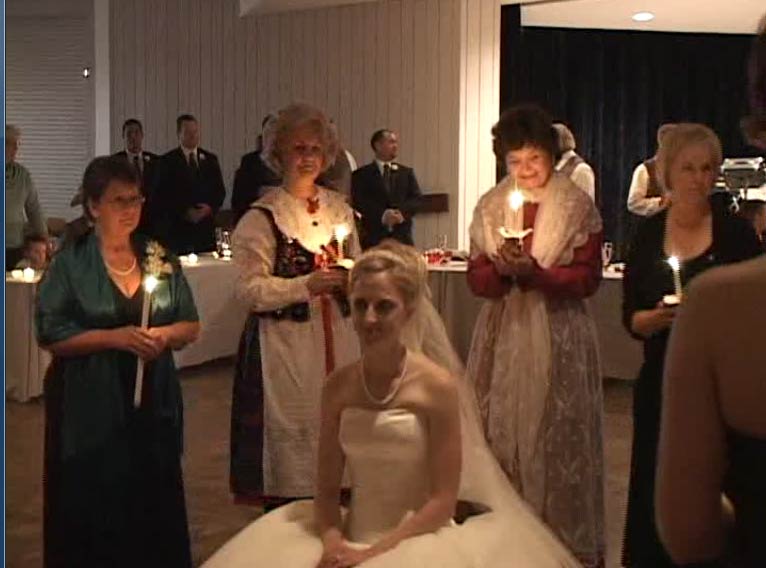 “Oczepiny” The unveiling of the bride: The unveiling of the bride is one of the oldest and the most important of Polish wedding customs. This tradition is still the mainstay of many polish brides representing a rite of passage from a young women to married a woman. On command by the Druzba, the band performs a drum roll, and the bride is placed on the dance floor in a chair facing the guests. The bridesmaids, the mother of the bride, godmother, grandmothers, groom’s mother stand at the bride’s side and hold lit candles encircling the bride as the mother of the bride removes the bridle veil from the bride’s head as music is played. Usually, “Serdeczna Matko” Beloved Mother is performed and then a Polish Wedding Oberek. During the music, a czepek or cap/bonnet is placed on the brides head and at this moment, the bride is officially considered a married woman. In addition, the bride is given a broom and an apron to wear for the Dollar Dance to follow this tradition.
“Oczepiny” The unveiling of the bride: The unveiling of the bride is one of the oldest and the most important of Polish wedding customs. This tradition is still the mainstay of many polish brides representing a rite of passage from a young women to married a woman. On command by the Druzba, the band performs a drum roll, and the bride is placed on the dance floor in a chair facing the guests. The bridesmaids, the mother of the bride, godmother, grandmothers, groom’s mother stand at the bride’s side and hold lit candles encircling the bride as the mother of the bride removes the bridle veil from the bride’s head as music is played. Usually, “Serdeczna Matko” Beloved Mother is performed and then a Polish Wedding Oberek. During the music, a czepek or cap/bonnet is placed on the brides head and at this moment, the bride is officially considered a married woman. In addition, the bride is given a broom and an apron to wear for the Dollar Dance to follow this tradition.
…
Oczepiny Unveiling Of The Bride – Polish Wedding Read More »
